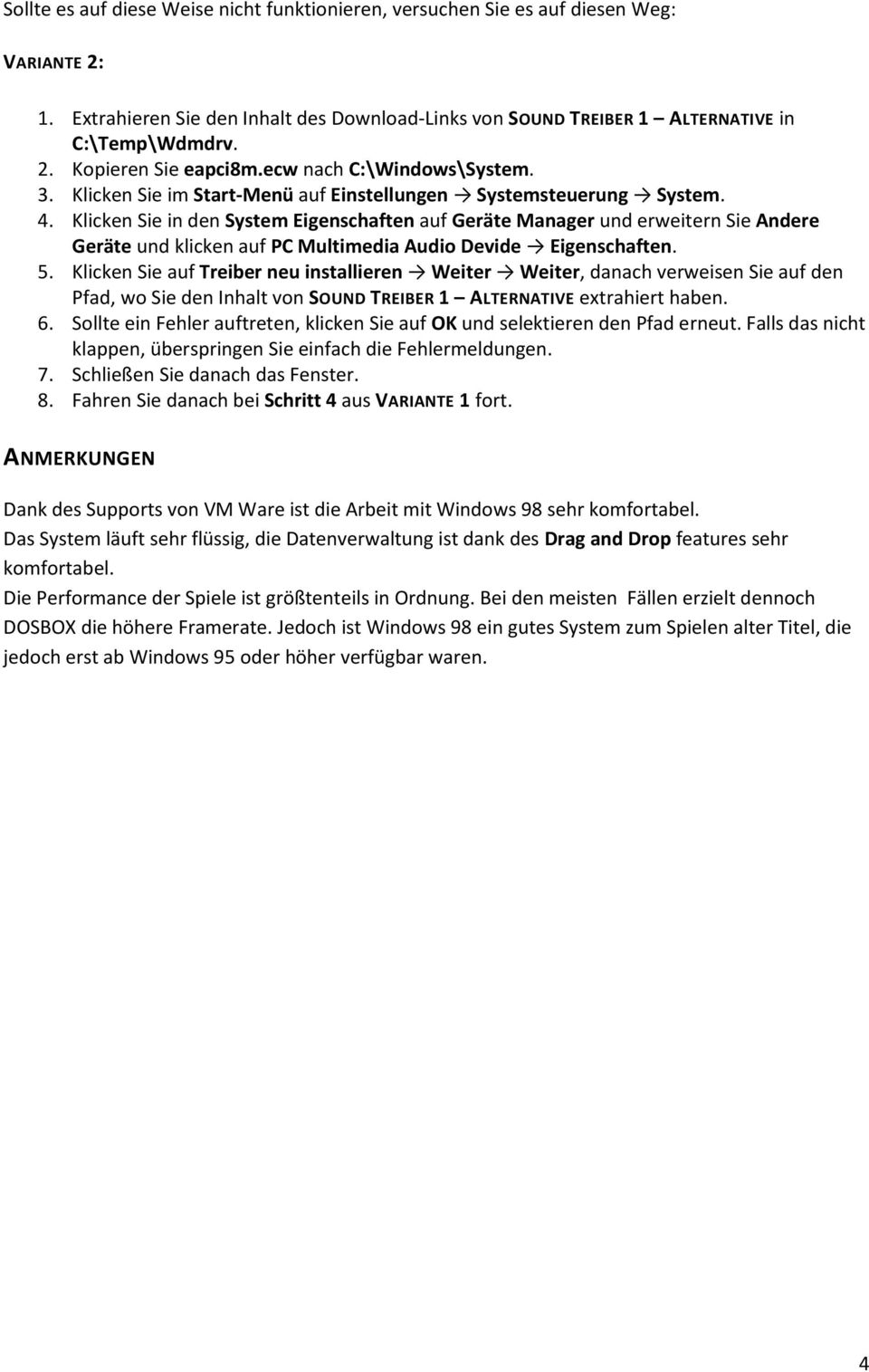

- Virtual pc 6.1 for mac windows 95 mac os#
- Virtual pc 6.1 for mac windows 95 code#
In addition, Hide/Show functionality was introduced, allowing the user to hide applications from view while still keeping them running.īalloon Help, a widget-identification system similar to tooltips.
The Application menu, a list of running applications formerly at the bottom of the Apple menu under MultiFinder, became its own menu on the right. Desk accessories now ran in their own process rather than borrowing that of a host application. The desk-accessory technology was deprecated, with System 7 treating them largely the same as other applications. Desk accessories had originally been intended to provide a form of multitasking and were no longer necessary now that real multitasking was always enabled. The Apple menu (previously home only to desk accessories pulled from “DRVR” resources in the System file) now listed the contents of a folder (“Apple Menu Items”), including aliases. System 7 presented the more user-friendly nomenclature in the interface. Under System 6, Control Panels and Extensions were known as CDEVs and INITs respectively. The control panels themselves became separate files, stored within this directory. The Control Panel desk accessory became the Control Panels folder (found in the System Folder, and accessible to the user from an alias in the Apple menu). Extensions were often a source of instability and these changes made them more manageable and assisted trouble-shooting. Later versions of System 7 offered a feature called “Extensions Manager” which simplified the process of enabling/disabling individual extensions. Virtual pc 6.1 for mac windows 95 code#
“System extensions” (small pieces of INIT code that extended the system’s functionality) were improved by relocating them to their own subfolder (rather than in the root level of the System Folder itself as on earlier versions), and by allowing the user to hold down the Shift key during bootup to disable them.This led to new desk accessories-such as StuffIt Expander-whose main interactions were intended to be via drag and drop. Under System 6, one had to first open the desired application and use its Open dialog box. Document icons could be dragged with the mouse and “dropped” onto application icons to open in the targeted application.
Virtual pc 6.1 for mac windows 95 mac os#
Aliases can be best described as a fusion of a hard link and a symbolic link on Unix-based systems, including Mac OS X.) (Unlike the path-based approach of Microsoft Windows 95, aliases also store a reference to the file’s catalog entry, so they continue work even if the file is moved or renamed. Likewise, choosing an alias file from within an “Open” dialog box would open the original file. When double-clicked, the computer will act the same way as if the original file had been double-clicked. It acts as a redirect to any object in the file system, such as a document, an application, a folder, a hard disk, a network share or removable medium or a printer. A typical alias is small, between 1 and 5 KB.

An alias is a small file that represents another object in the file system. Along with various UI improvements for AppleTalk setup, System 7 also included a basic file sharing server allowing any machine to publish folders to the AppleTalk network.
Trash was now a formal directory, allowing items to be preserved between reboots and disk eject events instead of being purged. In System 6, this function was optional through the MultiFinder in System 7 it was mandatory. System 7 was developed for the Motorola 68k processor, but was ported to the PowerPC after Apple adopted the new processor.Ĭompared with System 6, System 7 offered: With the release of version 7.6 in 1997, Apple officially renamed the operating system “Mac OS”, a name which had first appeared on System 7.5.1’s boot screen. “System 7” is often used generically to refer to all 7.x versions. Features added with the System 7 release included cooperative multitasking, virtual memory, personal file sharing, an improved user interface, QuickTime, and QuickDraw 3D. It succeeded System 6, and was the main Macintosh operating system until it was succeeded by Mac OS 8 in 1997. System 7 (codenamed “Big Bang” and sometimes called Mac OS 7) is a single-user graphical user interface-based operating system for Macintosh computers.






 0 kommentar(er)
0 kommentar(er)
